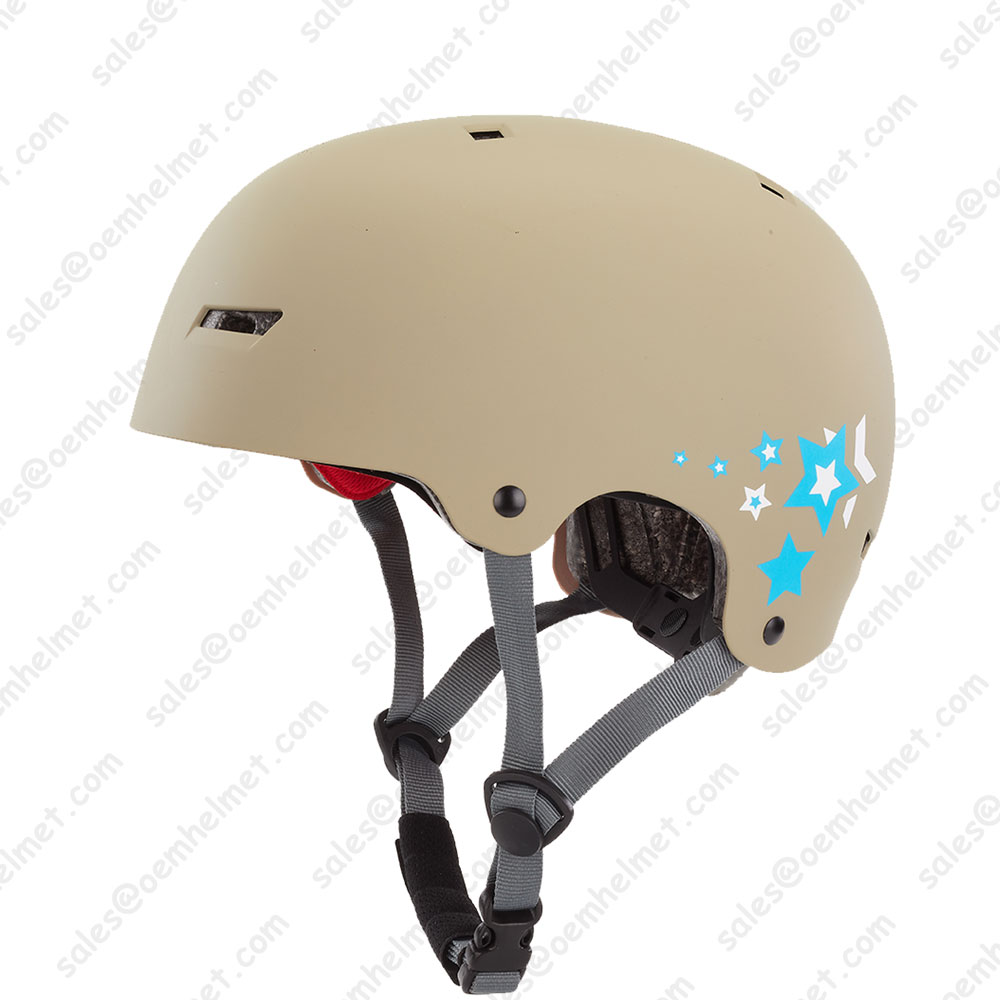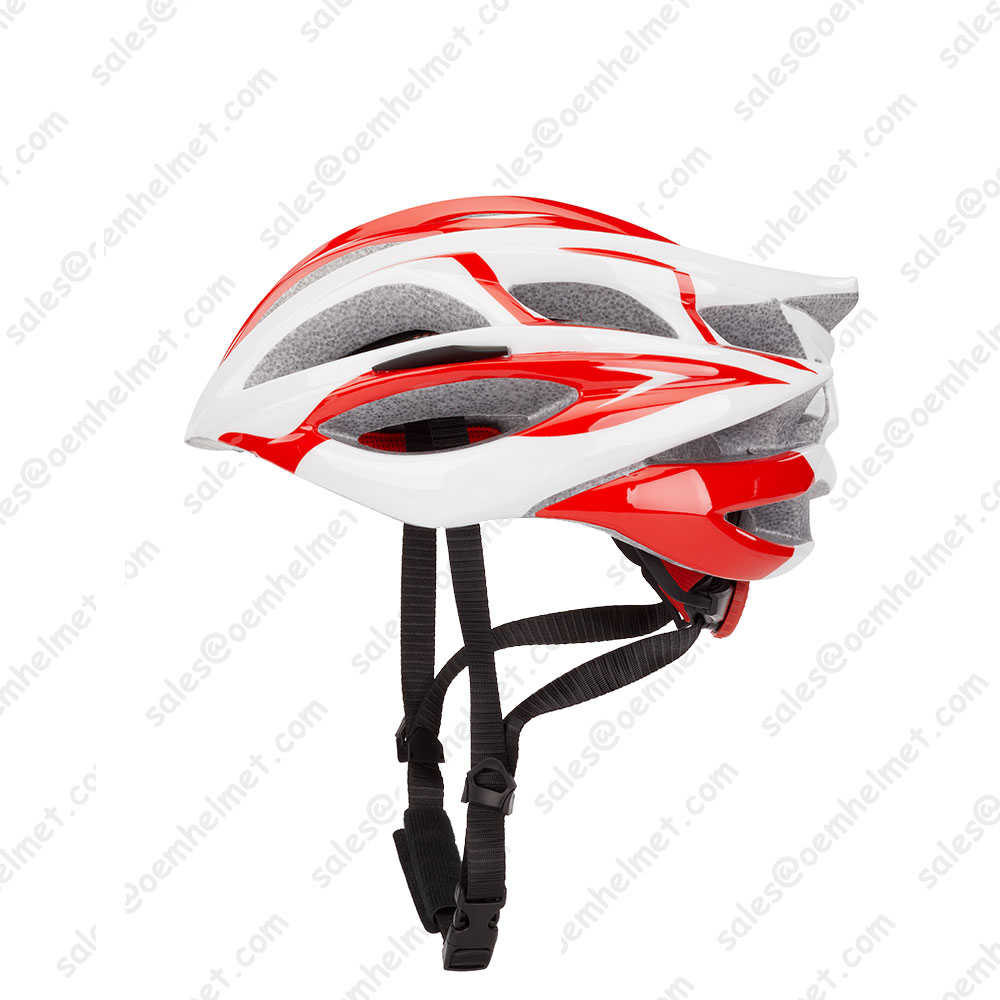F1952 Bicycle
ASTM International is known as the American Society for Testing and Materials (ASTM), but has truly become an organization committed to developing international standards. The organization’s F 1447 bicycle helmet standard is the foundation of the CPSC standard in the United States. In F 1952, ASTM has developed a voluntary downhill mountain biking standard.
Voluntary, yet stringent.
Downhill mountain biking inherently involves greater risk than other styles of mountain biking, considering the emphasis on jumping and more demanding terrain. ASTM F 1952 is geared to address those risks by demanding that passing helmets absorb greater impact energies over a larger portion of the helmet. Snell B-95 features greater impact energy on the flat anvil (110 joules versus ASTM’s 98), but ASTM F 1952 features slightly higher impact energies (6.5 more joules) on both the curbstone anvil and hemi anvil.
Full-face not required.
While the vast majority of downhill helmets are of the “full face” variety, meaning they feature a chin bar, F 1952 doesn’t actually require that passing helmets possess a chin bar. If, however, the manufacturer has equipped the helmet with a chin bar, that portion of the helmet must withstand an impact test (a 5-kilogram weight dropped on the chin bar from a height of .40 meters) without deflecting more than 60 millimeters.
As with the CPSC and EN-1078 standards, helmet brands are responsible for certifying that their helmets meet ASTM’s downhill standard. They can do this by either self-certifying the helmets or outsource to a third-party laboratory for testing and record keeping.
Source: http://www.helmetfacts.com/standards/astm-f1952/
Source: http://www.helmetfacts.com/standards/astm-f1952/







